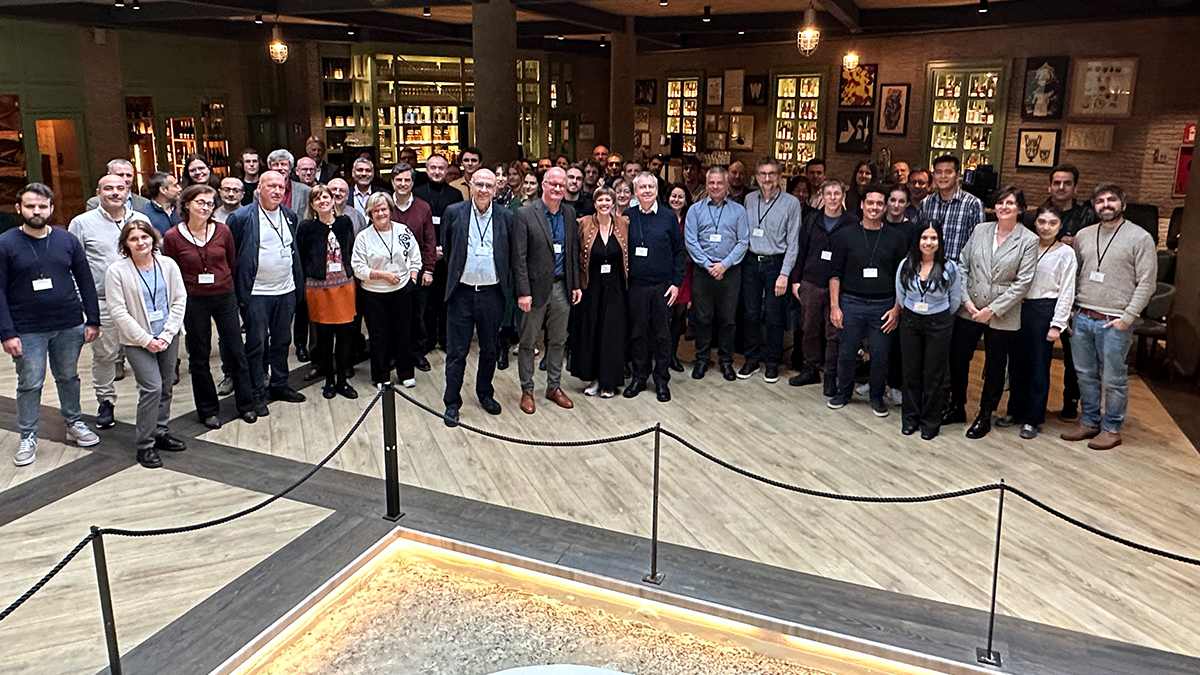This time, Minds Behind VICT3R puts the focus on Armelle Grevot (Novartis) – veterinary pathologist and leader of WP4 in VICT3R. With 20+ years of experience in toxicologic pathology, Armelle is helping shape the future of safety science by integrating digital histopathology into Virtual Control Groups (VCGs).
1. To start off, could you tell us a bit about yourself and your role at Novartis?
I am a veterinary pathologist with 20 years of experience in pharmaceutical industry, primarily at Novartis in Basel, Switzerland. My core expertise is to identify the effect of new drugs and assess their toxicologic significance in animals. Besides this, I am also involved in various high-level initiatives and VICT3R is one of them. I was enthusiastic to join VICT3R because I am deeply committed to supporting internal and worldwide efforts in exploring multiple initiatives to reduce animal use. Also, I truly enjoy working in cross-disciplinary teams and therefore contributing to VICT3R constituted an exciting personal challenge. I am convinced that our success resides in keeping a close collaboration among colleagues from toxicology, pathology, and data sciences, with the common goal of aligning needs and perspectives.2. You’re leading WP4 in VICT3R, which focuses on integrating digital histopathology into Virtual Control Groups (VCGs). Can you explain what specific challenges the implementation of VCGs poses for histopathology?
As a scientist, I appreciate the significant challenge of lacking concurrent control in biological experiments. This is far more arduous that it might look like! We did highlight the anatomic pathology perspective for the use of VCGs in nonclinical toxicity studies in a dedicated paper that was published last year, together with toxicologic pathologists from various institutions. Among the various challenges and opportunities associated with implementing VCGs, the need for creation of a comprehensive database of historical control data including Whole Slide Images (WSI) and for validation through parallel studies, are key ones that we need to overcome. Indeed, histopathology assessment does rely intrinsically on a morphologic comparison of specimens to an internal control reference. Therefore, availability of histopathological slides is crucial, in order to make their re-evaluation possible for the selected VCGs. By doing so, we will avoid reusing isolated histopathology (tabulated) data, which implies an unwanted experimental bias due to variability in descriptive terminology and thresholding across institutions and pathologists.3. WP4 is also helping lay the groundwork for synthetic control animals using digital pathology. What does that look like in practice, and how could this change the way pathology data is used in toxicology studies?
As you know, synthetic controls are not past lived animals, but they are a representation of control animals that is generated by AI. For synthetic controls, algorithms use data points from all toxicology data (clinical pathology, clinical signs, organ weights, macroscopic/microscopic findings, etc…) from a cohort of historical controls. These data points are combined to create a synthetic animal that does not have a real past existence. While implementation of synthetic controls in nonclinical toxicity studies still requires significant understanding and validation, I believe they will offer even more opportunities to reduce animal use and increase the value of each animal used. To me this is a revolution to come that will further transform the way we work, especially from the pathology perspective. Indeed, we could imagine that control synthetic histopathological slides are generated by AI… but we are not there yet!4. Digital pathology is gaining traction in toxicology — how do you see this field evolving, and what role do you think VICT3R can play in pushing that transformation forward?
As alluded to previously, digital pathology is being adopted broadly and one key aspect for the proper VCGs validation and use will reside in the curation, standardization and validation of quality digital databases that compile all past lived control animals. Toxicologic pathology assessment is undergoing a tremendous transformation, moving from primary read and peer review on glass slides, to fully digital primary read and peer review. This digital revolution is very attractive because it simplifies our work and processes, promotes sharing and interactions, and saves time and money. We can already imagine that this will lay the groundwork for an AI assisted pathology evaluation in the future, when all histopathological slides will be scanned. With respect to VCGs and VICT3R project in particular, digital pathology is a must have because we need WSIs available in a shared database; this would not have been “practically” feasible with glass slides. Contributing WSIs to VICT3R remains a significant effort for most VICT3R partners. We should look for synergies such as leveraging the existing WSI database within BigPicture (another IHI project). This will allow us to share a unique and broad repository for control WSI across companies. VICT3R will push further this transformation to digital slide sharing across companies worldwide.






